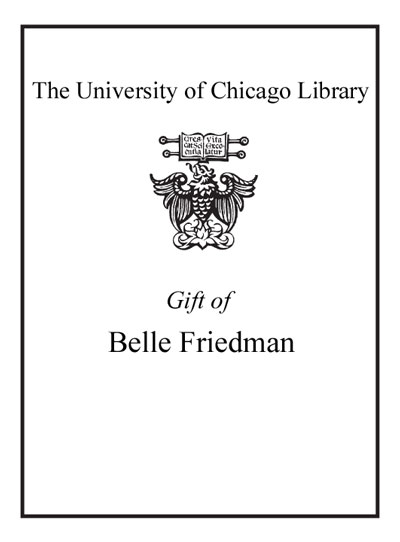Review by Publisher's Weekly Review
These oblique, finely crafted stories probe the elusive underpinnings of reality. People find fulfillment in their awe of the beautiful, such as Anna's experience of ecstasy while absorbed in a painting of blue horses, or of the benignly freakish--as when Carlisle becomes fascinated with the bones of an ancient sea reptile he discovers while plowing his field. Finally, all practical affairs abandoned, his farm in ruins, he mounts the fossil on the side of his barn to remind passersby of ``how easily monsters can enter into our lives--and how easily, once they do, we can find a place for them.'' Some characters act out feelings of rage hidden beneath layers of civilized behavior: when Groder discovers that the blind man who has been painfully and constantly poking him with his cane has been faking his handicap, he sets out to run him down in his car. In other stories, the author explores the tense dynamics between husbands and wives, the complexities of anger and betrayal, and the surprising tensile strength of seemingly fragile bonds of love. Croft's work has appeared in The Kenyon Review , Georgia Review and other publications. (Feb.) (c) Copyright PWxyz, LLC. All rights reserved
(c) Copyright PWxyz, LLC. All rights reserved
Review by Kirkus Book Review
A debut volume of 14 stories that contains a handful of superb midwestern fables, another group of moving fictional reminiscences, and several wannabes. Croft has a soft, delicate touch, and this collection should mark her as a writer to watch. Of the fables, ""The Mosasaur"" concerns the changes wrought in the life of Carlisle J. Campbell when he digs up the bones of a ""reposing serpent"" on his farm. He becomes obsessed with the bones, moves to Iowa, and glues them to a barn to remind passing motorists ""how easily monsters can enter into our lives."" ""Blue Horses"" works like a childhood fairy tale for adults: a careful parable about art objects ends with resonating questions--""Why should there be blue horses? Why should there be a man to ask about it?"" Among the reminiscences, ""The Ragpicker's Boy"" allows a young narrator, whose family is mired in poverty, to admire the ragpicker's family and their horses from a distance--only to discover close up how sordid and hardscrabble they really are. In ""A Little Piece of Star,"" pieces of a meteor puncture the roof of a grandfather's 1934 Packard, changing his life forever. ""Turning Blue"" has to do with a narrator's grandmother who is losing her powers; ""Beautiful Belle"" with a two-faced calf that survives, causing a pitched battle between the narrator's parents over household authority and theology; and ""Someday House"" is a haunting tale about a father (an independent contractor) whose attempts to build a dream-house for his family nearly cause the family to disintegrate. A sure-handed group of stories, mainly, often filled with a sense of wonder and with luminous rumors from a world long lost. Copyright ©Kirkus Reviews, used with permission.
Copyright (c) Kirkus Reviews, used with permission.
Review by Publisher's Weekly Review
Review by Kirkus Book Review

